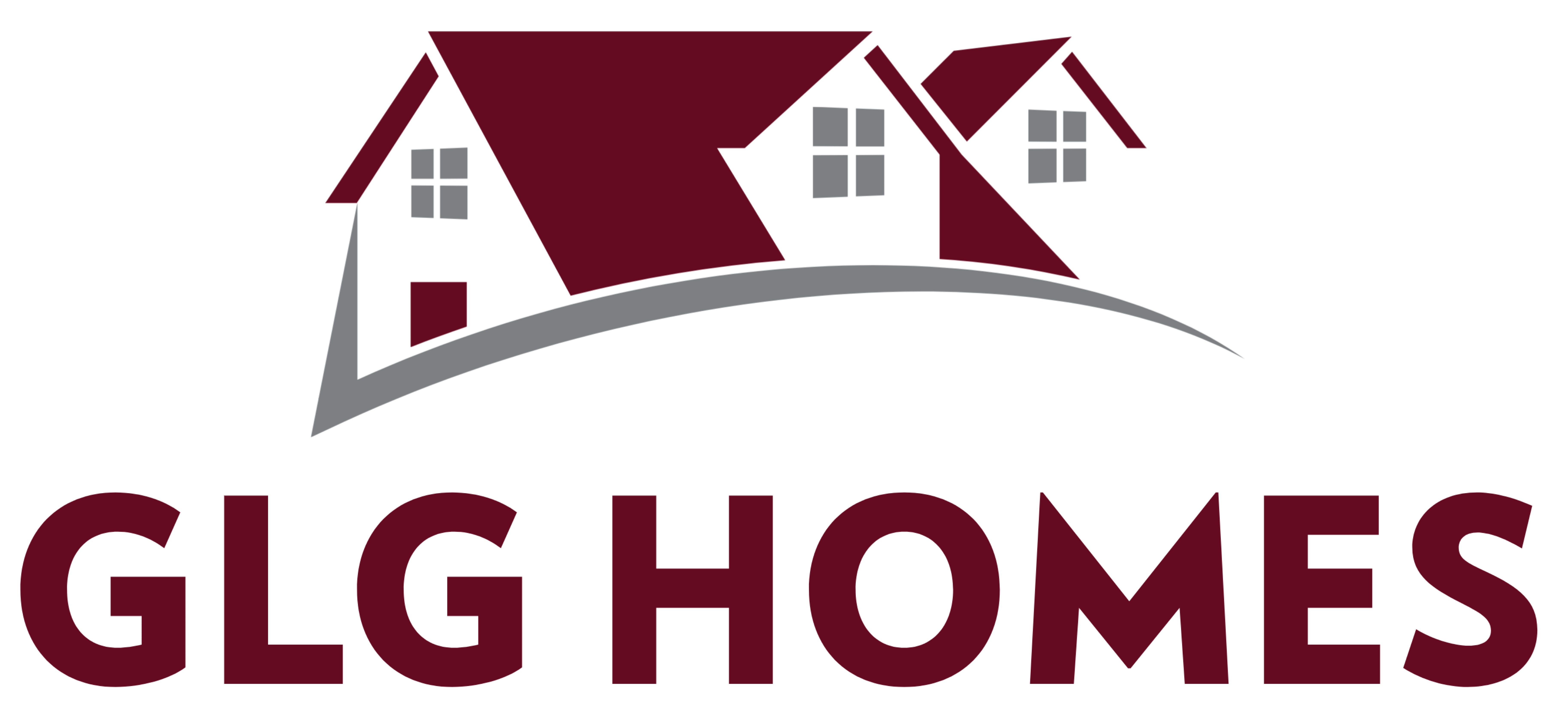Housing Affordability is a Real Challenge and Rent Prices are Part of It
The residential rental market is a dynamic landscape influenced by various factors such as economic conditions, demographic shifts, and housing supply. As we peer into the crystal ball and approach 2024, it’s time to explore what the future holds for residential rent prices. In this blog post, we’ll delve into key trends and factors likely to impact rent prices in the coming year.
Economic Recovery and Rent Price Trends:
The trajectory of rent prices in 2024 will be closely tied to the broader economic recovery. As economies rebound from recent challenges, we can expect an upward pressure on rent prices. However, the pace of recovery and government interventions will play a crucial role in determining the extent of this increase. Markets with robust economic growth may experience more pronounced rent hikes compared to those facing slower recovery.
Supply and Demand Dynamics:
The fundamental principle of supply and demand remains a driving force in the rental market. In 2024, areas with a shortage of rental properties may experience more significant rent increases, while regions with surplus housing stock could see more stable or even decreasing rent prices. The balance between supply and demand will continue to shape the rent landscape, influencing affordability for tenants.
Remote Work and Geographic Shifts:
The rise of remote work has prompted many individuals to reconsider their living arrangements. As more people embrace flexible work arrangements, there may be a shift in demand for housing in suburban or rural areas. This trend could impact rent prices in urban centers, potentially leading to stabilization or modest decreases as demand fluctuates across different geographic locations.
Government Policies and Rent Controls:
Government policies and regulations can significantly impact rent prices. In some regions, rent control measures may be introduced to ensure affordability and protect tenants from steep increases. Conversely, areas with fewer restrictions may experience more fluid rent price adjustments based on market forces. Staying informed about local policies will be crucial for both landlords and tenants.
Technology and Property Management Efficiency:
The integration of technology in property management can influence rent prices. Landlords adopting digital solutions to streamline operations may find cost efficiencies, potentially affecting how they set rent prices. Additionally, technology can enhance the overall tenant experience, providing added value that could influence renters’ willingness to pay higher prices for well-managed properties.
Inflation and Cost of Living:
Inflationary pressures can impact the cost of living, including housing expenses. As prices for goods and services rise, tenants may face increased financial strain, making affordability a central concern. Landlords will need to balance the need for fair returns with the economic realities faced by their tenants, possibly leading to nuanced rent price adjustments.
Housing Affordability and Rent Prices in 2024
The residential rent price forecast for 2024 is shaped by a confluence of economic, societal, and technological factors. As we navigate the uncertainties of the future, tenants and landlords must remain vigilant and adaptable. Being aware of local market trends, economic indicators, and policy changes will empower stakeholders to make informed decisions in a rental landscape that continues to evolve. Stay tuned as we unfold the story of residential rent prices in the dynamic year ahead.

